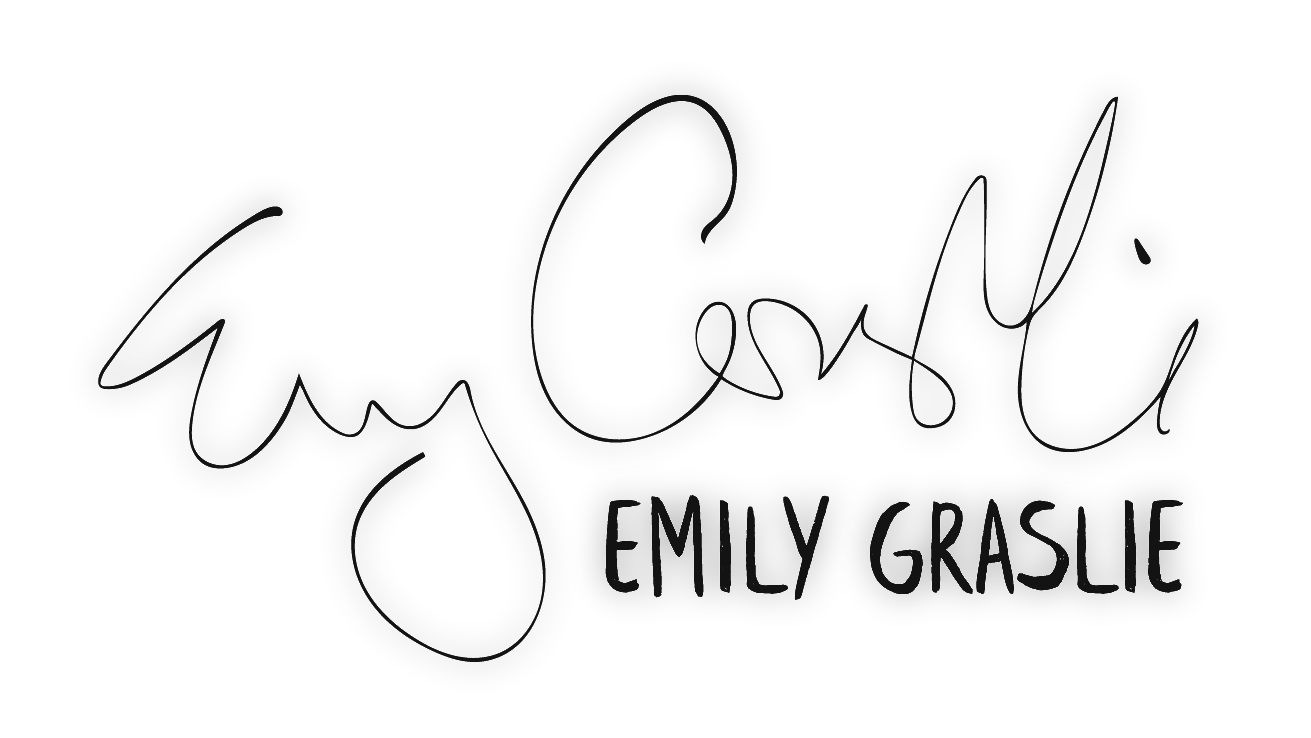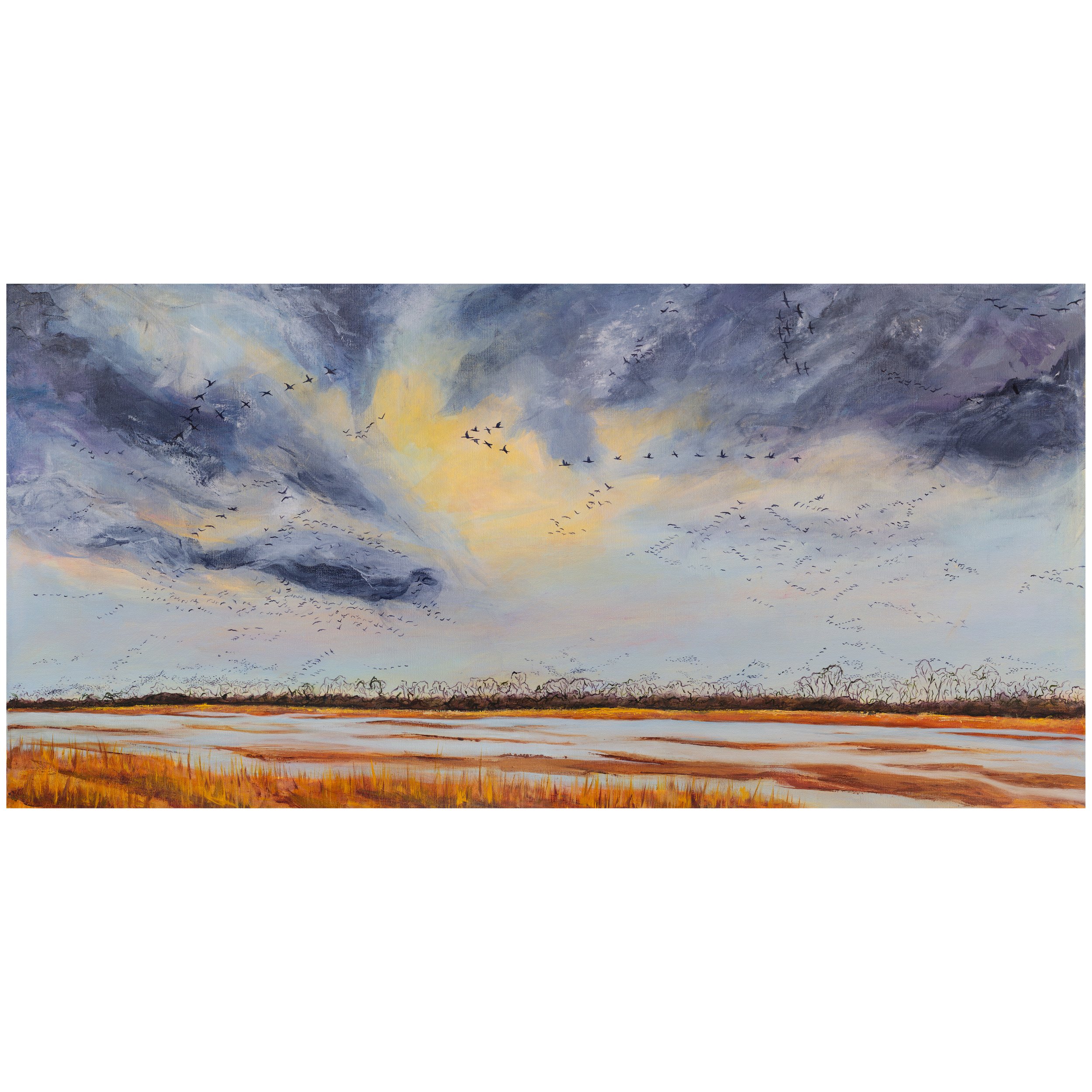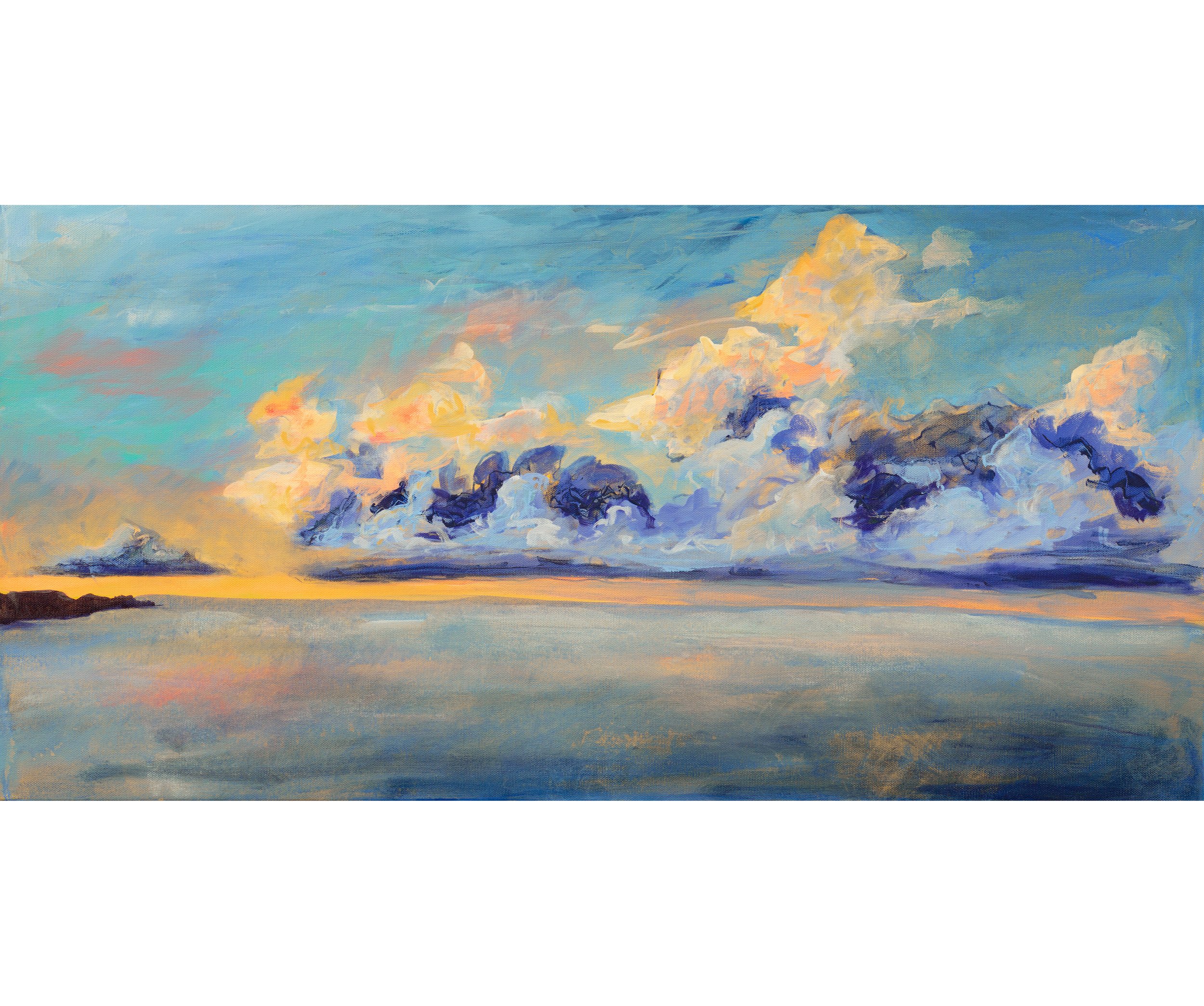 Image 1 of 3
Image 1 of 3

 Image 2 of 3
Image 2 of 3

 Image 3 of 3
Image 3 of 3




H. J. Andrews Experimental Forest, Oregon
In 2021 I wrote and co-hosted a limited-series program for PBS Digital Studios called In Our Nature, which sought to make connections between environments in Tanzania, Africa, and across the United States. For one segment about nutrient cycling (aka, when a tree falls in the forest, how long does it take for worms to eat it?), I went to the H. J. Andrews Experimental Forest in Oregon, which was a location I’d wanted to film ever since I learned about the concept of an “experimental forest.” Researchers at the Andrews Forest have been conducting long term research studies to learn about the process of natural decay, sometimes on the magnitude of years- to decades-long projects. It can take centuries for a tree to fully decay once it falls, and the episode is an homage to those detritivores – aka “mulch munchers” – who we owe so much credit to, for cleaning up after the rest of us.
Throughout filming I was repeatedly struck with the immense scale of our subject matter in every sense of the word, from the inconceivable lifetimes of Oregon’s towering cedar trees, to the physical size of them. I don’t typically paint figures into my paintings, but felt I needed to stick myself in here as a frame of reference.
You can watch that segment here on YouTube, or catch the entire series on PBS Digital Studios’ “Be Smart” channel.
The original painting is also for sale.
In 2021 I wrote and co-hosted a limited-series program for PBS Digital Studios called In Our Nature, which sought to make connections between environments in Tanzania, Africa, and across the United States. For one segment about nutrient cycling (aka, when a tree falls in the forest, how long does it take for worms to eat it?), I went to the H. J. Andrews Experimental Forest in Oregon, which was a location I’d wanted to film ever since I learned about the concept of an “experimental forest.” Researchers at the Andrews Forest have been conducting long term research studies to learn about the process of natural decay, sometimes on the magnitude of years- to decades-long projects. It can take centuries for a tree to fully decay once it falls, and the episode is an homage to those detritivores – aka “mulch munchers” – who we owe so much credit to, for cleaning up after the rest of us.
Throughout filming I was repeatedly struck with the immense scale of our subject matter in every sense of the word, from the inconceivable lifetimes of Oregon’s towering cedar trees, to the physical size of them. I don’t typically paint figures into my paintings, but felt I needed to stick myself in here as a frame of reference.
You can watch that segment here on YouTube, or catch the entire series on PBS Digital Studios’ “Be Smart” channel.
The original painting is also for sale.
PRINTING INFO
This gallery-quality print can be created on archival paper or unstretched, unmounted canvas. Each print is made to order.
Note: Images are not cropped, so some prints may have white borders at certain sizes if the aspect ratio differs from the original painting.
Prints are signed on the front, signed and dated on the back.
The original painting is also available.
SHIPPING
Shipping is available worldwide and each order will be sent within 5-7 business days. All small prints are carefully packed flat. Larger prints, over 16” on one side, will be sent in a mailing tube.

















